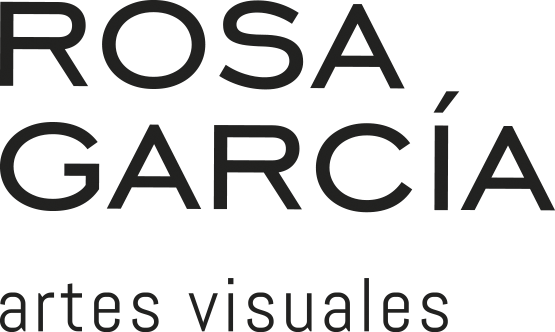Sculpture mural project
«Sea of Crebas»
PROYECTO MURAL ESCULTÓRICO
«MAR DE CREBAS»

Cristales erosionados por el mar, recogidos en la playa, dispuestos sobre metacrilato / Eroded sea glass, collected on the beach, placed on acrylic | 250 x 150 cm
Este proyecto forma parte de un trabajo de investigación sobre arte, sostenibilidad y territorio que vengo ampliando desde hace más de 10 años, desarrollando la capacidad de reconocer y seleccionar elementos con interés plástico que se encuentran en nuestro entorno, formando parte de nuestra cultura visual; elementos con los que trabajar desde el discurso artístico y el reciclaje, fomentando la relación arte, ecología, economía y sociedad; es decir, situar la creación artística en la perspectiva activista, poniendo en valor la capacidad crítica y de acción que el arte posee al trabajar con desechos y las posibilidades creativas y estéticas dentro de un discurso social que estos materiales nos aportan, a través de la tradición cultural y estética de un territorio, provocando un discurso creativo. Así surge el trabajo con Crebas.
This project is part of a research work on art, sustainability and territory that I have been expanding for more than 10 years, developing the ability to recognise and select elements with plastic interest that are found in our environment, forming part of our visual culture; elements, which to work from the artistic discourse and recycling, promoting the relationship between art, ecology, economy and society; In other words, to situate artistic creation in an activist perspective, placing value on the critical and action capacity that art possesses when working with waste and the creative and aesthetic possibilities within a social discourse that these materials provide us, through the cultural and aesthetic tradition of a territory, provoking a creative discourse. This is how the work with Crebas came about.
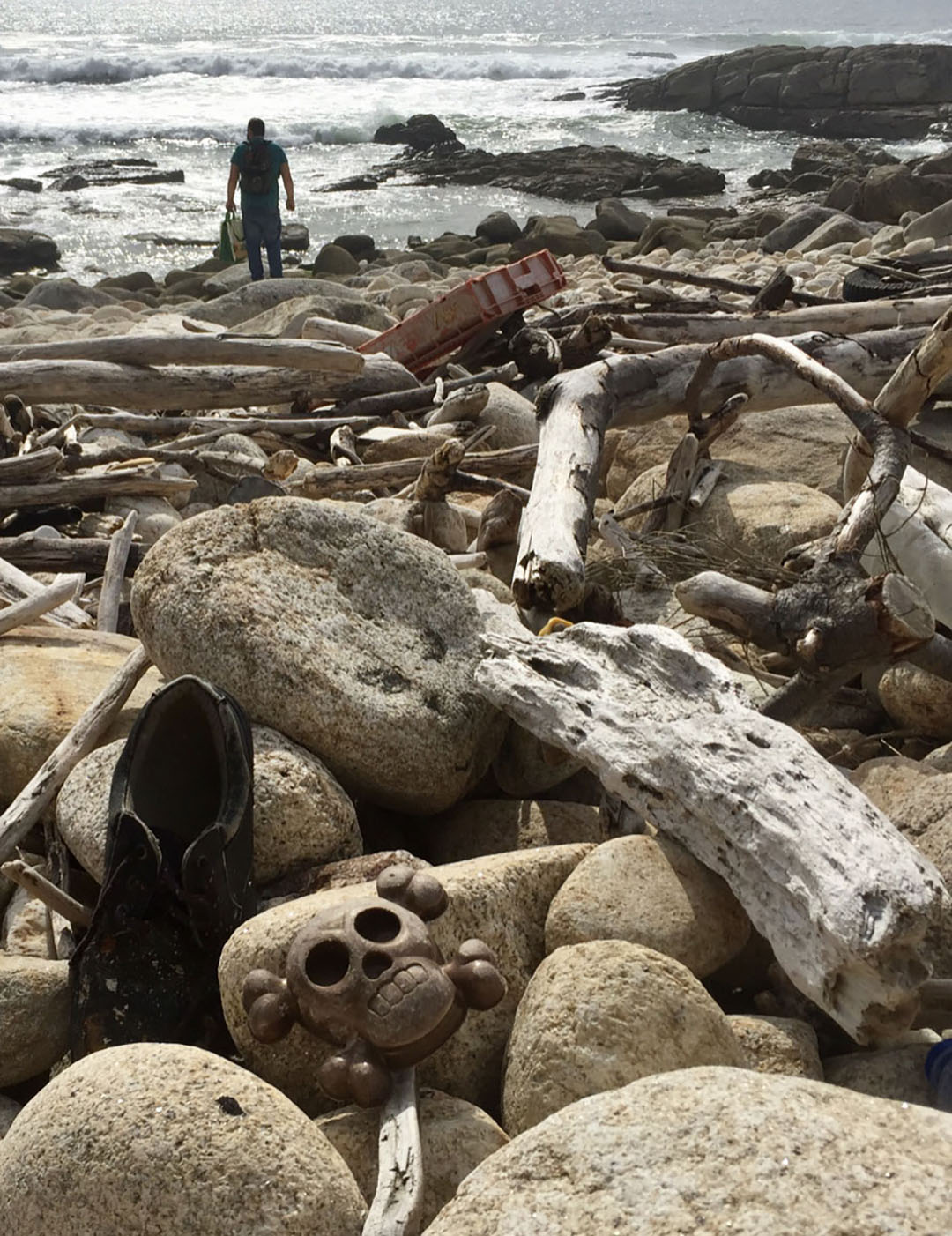
¿Qué son las crebas?
Las Crebas son aquellos materiales naturales o no naturales que las olas van dejando en la línea de las mareas, restos orgánicos e inorgánicos que los ríos trasladan al mar o son restos de naufragios o cargas de buques que las tormentas hacen zozobrar y el mar transforma con su fuerza, dándole una pátina especial, arrastrándolos y depositándolos en la orilla, allí en la línea donde rompen las olas.
El mar siempre se despoja de todo aquello que no es suyo, regalándonos estos objetos perdidos, muchas veces llenos de historias, esperando a ser descubiertos por una mirada atenta, encontrados a la espera de su transformación.
What are crebas?
The Crebas are those natural or unnatural materials that the waves leave on the tide line, organic and inorganic remains that the rivers carry to the sea or are the remains of shipwrecks or cargoes of ships that the storms make capsize and the sea transforms with its force, giving them a special patina, dragging them and depositing them on the shore, there on the line where the waves break.
The sea always strips itself of everything that is not its own, giving us these lost objects, often full of stories, waiting to be discovered by an attentive gaze, found awaiting their transformation.
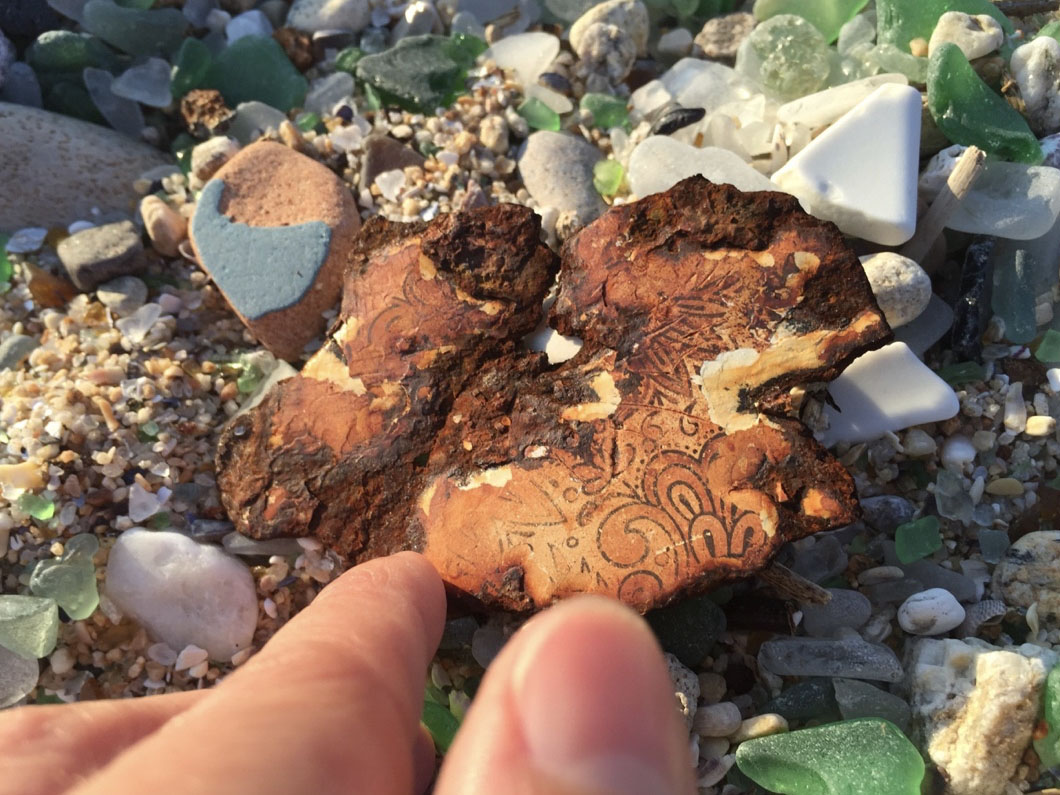
“Andar ás crebas”
Antiguamente “andar as crebas” era una actividad complementaria de la economía familiar, que consistía en recorrer las playas en busca de restos útiles abandonados por las mareas, los temporales o los naufragios. Este término creba proviene de la costa atlántica española y tiene su continuidad en la inglesa e irlandesa con el término “raque”, así aparecen el término crebeiro/a para denominar a aquellos que se dedicaban a esa actividad, muchas veces relacionadas con los piratas de tierra, ya que los crebeiros/as eran considerados piratas de tierra por ser responsables de naufragios engañando a los buques de antaño a través de faroles colgados en el ganado en los días de tormenta para provocar naufragios y hacerse con el cargamento del buque y así aparece reflejado en distintas obras de arte, literarias y cinematográficas.
Esta experiencia que antiguamente suponía un suplemento en la economía familiar aportando madera y otros materiales que contribuían al sustento doméstico, se ha transformado hoy en día en una nueva forma de mirar, de observar y entender los recursos que el litoral nos ofrece.
Es una experiencia enriquecedora, el paseo que te lleva a una meditación con el foco centrado en la observación del entorno, la construcción de historias y narrativas que te ofrece el hecho de encontrar objetos para su transformación artística desde el lenguaje de la mirada creativa del artista. Así nos lleva a pensar en artistas a lo largo de la historia reciente del arte que trabajan con objetos reciclados en sus discursos desde distintas perspectivas: Schwitters en el movimiento Dada; Richard Serra en el Land Art; Armand en los años 60 creando acumulaciones de objetos para poner el discurso en la economía del despilfarro; Boltaunski y su trabajo sobre la memoria a través de los objetos desechados, Joseph Cornell y sus historias encajadas, el grupo Basurama con el que tuve el placer de trabajar con un proyecto en el Museo Nacional Thyssen Bornemisza y un largo etc. de propuestas en las que los creadores y creadoras generan sus discursos desde distintas miradas y perspectivas sociales.
«Go to the crebas?»
In the past, «andar ás crebas» was a complementary activity for the family economy, which consisted of scouring the beaches in search of useful remains abandoned by the tides, storms or shipwrecks. This term creba comes from the Spanish Atlantic coast and has its continuity in the English and Irish with the term «raque», thus the term crebeiro/a appears to name those who were dedicated to this activity, often related to land pirates, since the crebeiros/as were considered land pirates for being responsible for shipwrecks by deceiving the ships of yesteryear by means of lanterns hung on the cattle on stormy days to cause shipwrecks and take the ship’s cargo, and this is reflected in different works of art, literary and cinematographic.
This experience, which in the past represented a supplement to the family economy by providing wood and other materials that contributed to domestic sustenance, has nowadays been transformed into a new way of looking at, observing and understanding the resources that the coastline offers us.
It is an enriching experience, a walk that leads you to a meditation with the focus centred on the observation of the environment, the construction of stories and narratives offered by the fact of finding objects for their artistic transformation from the language of the artist’s creative gaze. This leads us to think about artists throughout the recent history of art who work with recycled objects in their discourses from different perspectives: Schwitters in the Dada movement, Richard Serra in Land Art; Armand in the 60s, creating accumulations of objects to put the discourse on the economy of waste, Boltaunski and his work on memory through discarded objects, Joseph Cornell and his embedded stories, the group Basurama with whom I had the pleasure of working on a project at the Museo Nacional Thyssen Bornemisza and a long etc. of proposals in which the creators generate their discourses from different points of view and social perspectives.

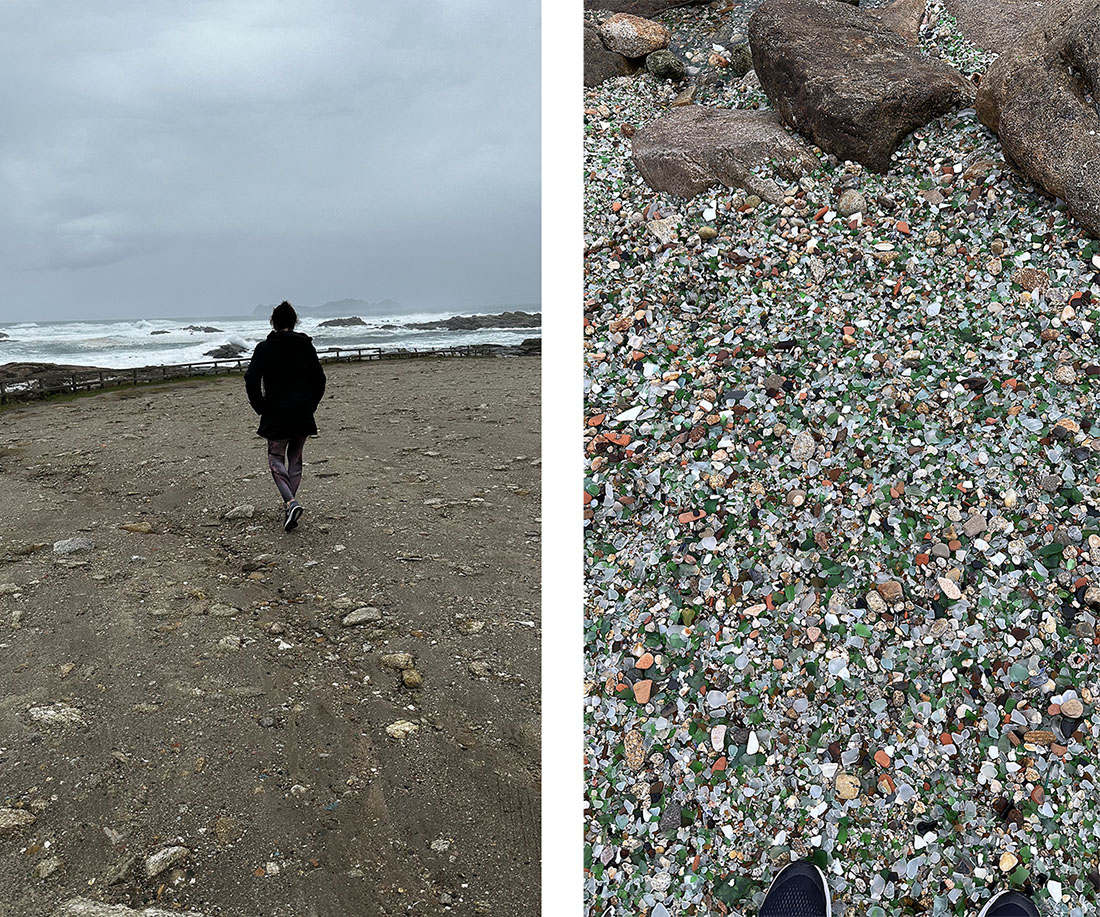

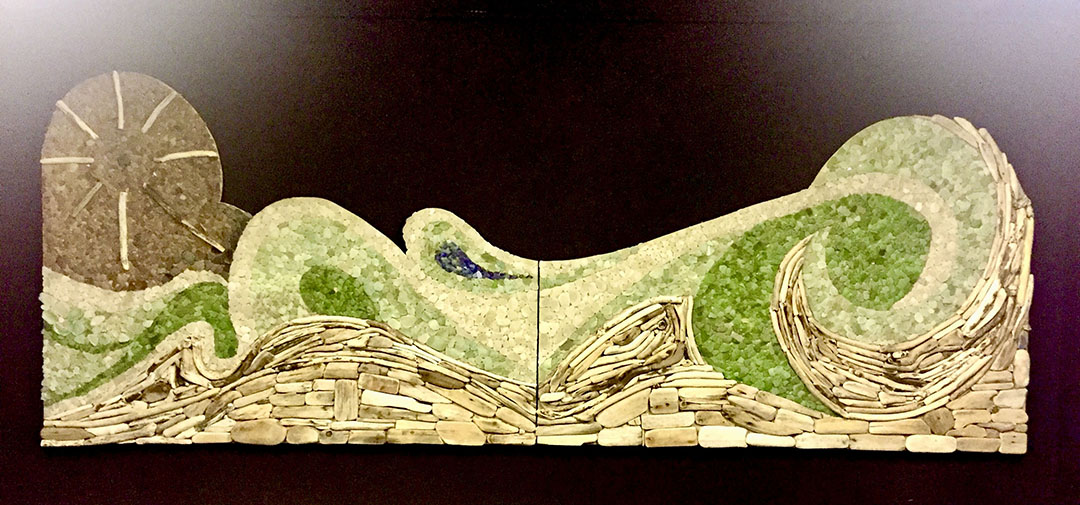

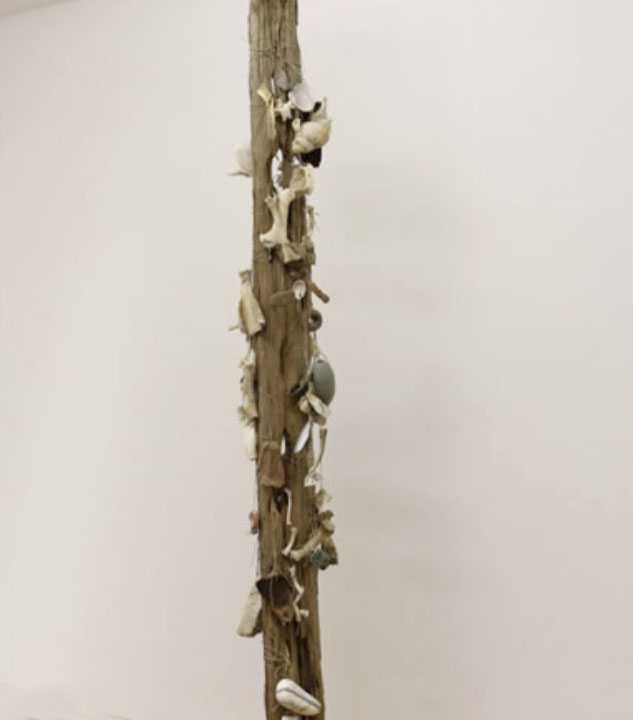
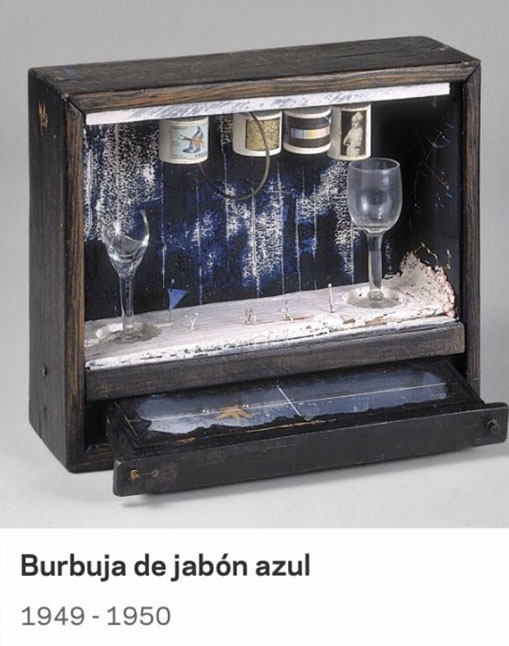


Mar de Crebas
La propuesta Mar de Crebas, forma parte de una serie de obras relacionadas con el trabajo de crebas que vengo desarrollando desde hace más de 10 años, tanto en el aula con mis alumnos/as, como con en mis colaboraciones con el grupo Musaraña en el área de educación del museo Thyssen de Madrid en el que presenté el proyecto “Crebas: ver donde otros solo miran”. Este proyecto creció en el área de educación del Museo Nacional Thyssen-Bornemisza Madrid y se convirtió en Big Valice pieza itinerante que estuvo expuesta la sala 44 del propio museo.
Mar de Crebas es una interpretación artística de nuestro territorio, trabajando el paisaje y los elementos que lo constituyen, a través de materiales recogidos del mismo, es decir; como anteriormente comenté, se trata de trabajar el proyecto artístico en su contexto, a partir del ensamblaje de materiales, creando una visión contemporánea del paisaje, poniendo en valor el reciclaje en nuestras costas y apostando por una creación sostenible construyendo la idea de paisaje desde una perspectiva contemporánea.
Sea of Crebas
The proposal Mar de Crebas, is part of a series of works related to the work of Crebas that I have been developing for more than 10 years, both in the classroom with my students, and in my collaborations with the group Musarañ a in the area of education of the Thyssen Museum in Madrid where I presented the project “Crebas: to see where others only look”. This project grew in the education area of the Museo Nacional Museo Nacional Thyssen-Bornemisza Madrid and became Big Valice, a travelling piece that was exhibited in room 44 of the museum itself.
Mar de Crebas is an artistic interpretation of our territory, working the landscape and the elements that constitute it, through materials collected from it, that is to say; as I mentioned before, it is about working the artistic project in its context, from the assembly of materials, creating a contemporary vision of the landscape, placing value on recycling on our coasts and betting on a sustainable creation, constructing the idea of landscape from a contemporary perspective.





